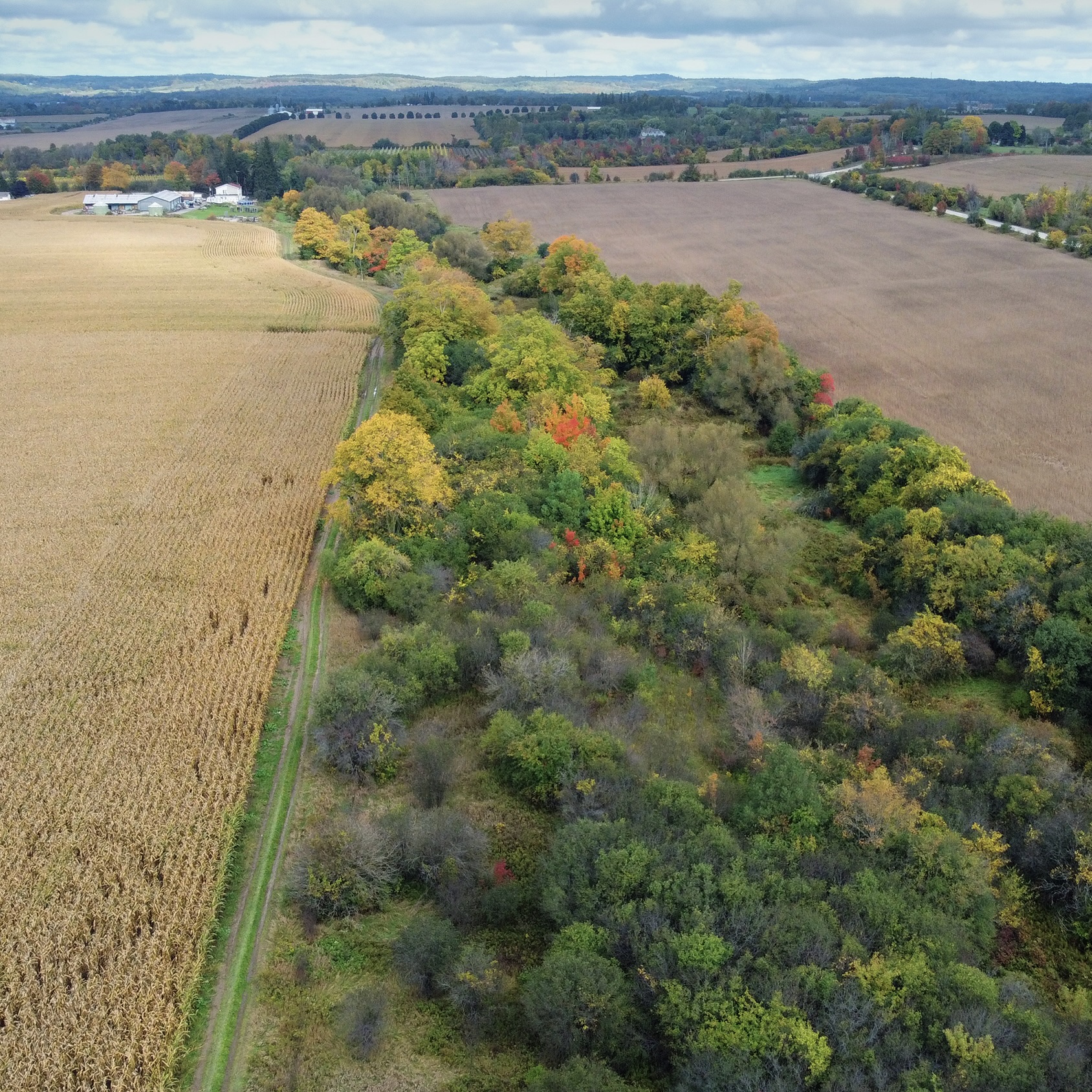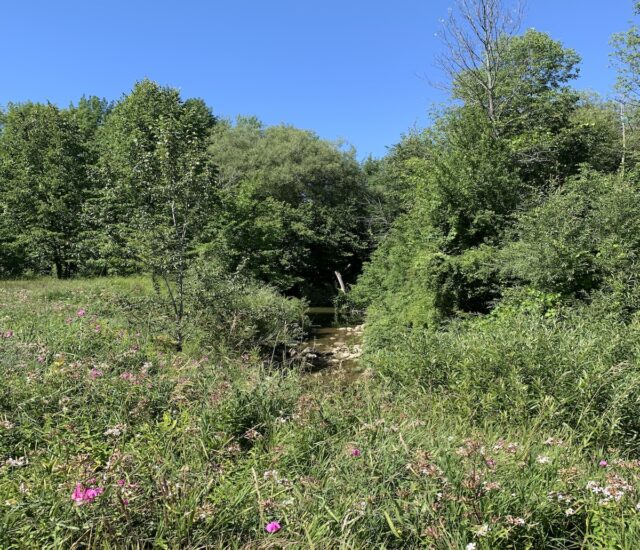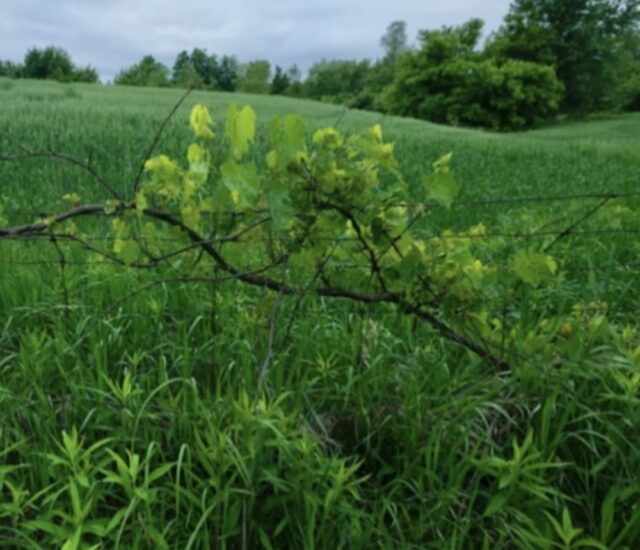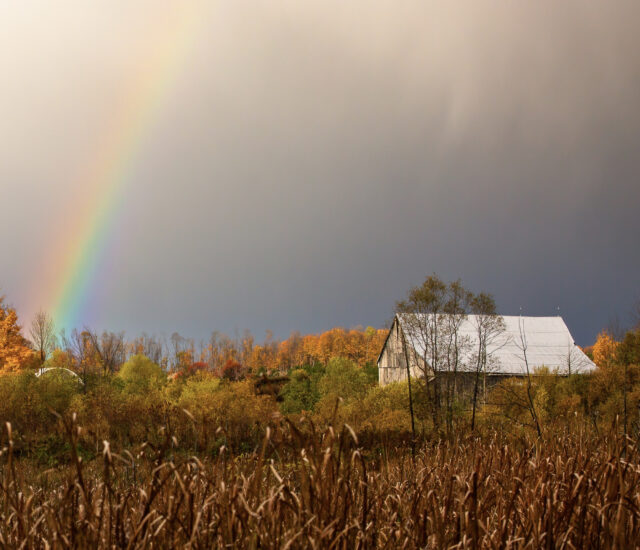Short Story
Protecting Northeast Pickering isn’t just about saving green space or protecting the Carruthers Creek watershed —it’s about creating a sustainable future for Durham Region. By donating to this campaign, you can help advocate for a more responsible vision of growth, ensure the preservation of vital environmental assets, and protect taxpayers from unnecessary financial burdens. Together, we can work to secure Greenbelt status for Northeast Pickering and ensure a livable, affordable, and green future for all.
Stop Sprawl Durham: Help Us Save Carruthers Creek!
Story
In the City of Pickering, the 4,000-acre Northeast Pickering lands stand as a vital natural area—rich in biodiversity, home to species at risk, and the source of Carruthers Creek’s headwaters. These lands, which have remained largely untouched for generations, are now under threat. Despite their environmental significance, they were recently added to the urban boundary through the Durham Region Official Plan process, paving the way for potential development.
But we believe there is a better way.
Our campaign is focused on securing these lands as part of Ontario’s Greenbelt—a move that would permanently protect them from the negative impacts of urban sprawl. By doing so, we can preserve the vital ecosystems that contribute to the health of our region, prevent the disruption of green corridors, and shield the community from the financial strain and environmental risks that come with unchecked development.
Developing these lands would raise property taxes across Durham Region, as increased infrastructure (e.g. roads, sewers, and water systems) to support the new development would burden municipalities and residents. Furthermore, this development could drastically increase flooding risks downstream into Ajax by disrupting the land’s natural flood mitigation, putting surrounding communities at greater risk.
To secure Greenbelt status, we are raising funds to support a public awareness and advocacy campaign to protect these lands from unnecessary development, safeguard natural heritage, reduce flood risks, and focus on smarter urban growth strategies that prioritize compact, sustainable communities.
Your donation will help us:
- Raise awareness about the environmental, financial, and social impacts of this development.
- Advocate with local and provincial decision-makers to support Greenbelt expansion.
- Empower residents to speak out and demand responsible growth in Durham Region.
To learn more about why these lands are crucial for our region’s environment and future, please read below. Your support through donations will help us continue this vital advocacy and secure long-term protection for these lands.
Where Are the Northeast Pickering Lands?
The Northeast Pickering lands are in Pickering, bordered by Highway 7 to the south, Concession Road 8 to the north, Westney Road to the west, and Lake Ridge Road to the east.
Why Are the Northeast Pickering Lands Important?
The Northeast Pickering lands span over 4,000 acres, including significant natural heritage features, Class I farmland (the most fertile), and the headwaters of Carruthers Creek. These lands currently serve as an ecological asset, absorbing rainwater, reducing flooding risk, and contributing to climate resilience at no cost to taxpayers.
Northeast Pickering is uniquely situated as a “hole in the donut” surrounded by existing Greenbelt lands. To develop this area, it would be necessary to disturb and expand infrastructure through protected Greenbelt lands. This could irreversibly damage the surrounding ecological systems, disrupt wildlife corridors, and undermine the integrity of the Greenbelt as a whole.
The lands are also home to several species at risk, including the redside dace, a federally listed species that thrives in the clean, flowing streams of Carruthers Creek. Protecting these lands ensures the survival of such species and preserves the region’s
biodiversity.
Why Protect Northeast Pickering?
1. Avoid Increased Regional and Municipal Costs
Development of Northeast Pickering will require extensive new infrastructure—roads, water systems, sewers, and emergency services—which would be funded largely by regional and municipal property taxes. Experts warn that such costs often exceed revenues generated by new developments, leaving taxpayers across Durham Region to shoulder the financial burden.
It’s also important to highlight that Pickering residents could face additional municipal tax increases, compounding the already high property taxes in Durham. According to recent data, Durham municipalities like Pickering and Oshawa consistently rank among those with the highest tax burdens in the Greater Toronto and Hamilton Area (GTHA): Durham Post Durham Post John Owen. This raises concerns about the long-term affordability of living in the region.
If you’ve been told that developers will cover all infrastructure costs, think twice. While developers may pay for some initial costs, taxpayers are still responsible for ongoing maintenance, repairs, and eventual upgrades—costs that significantly increase property taxes across both Pickering and Durham Region.
The bottom line? Short-term gains from development may lead to long-term financial strain, leaving taxpayers to pick up the pieces.
As Charles Marohn, founder of Strong Towns, describes, this pattern of urban sprawl often acts like a financial “Ponzi scheme,” where the short-term benefits of new development give way to unsustainable long-term liabilities.
2. Mitigate Flooding Risk and Protect Property Values
Developing the Northeast Pickering lands would disrupt their natural flood mitigation capacity, leading to an increase in flooding risk downstream, particularly in Ajax. Research indicates that the flooding risk could rise by as much as 77%, putting surrounding homes, businesses, and infrastructure at greater risk of flood damage.
Flooding doesn’t just impact the environment—it has a direct economic effect. Increased flooding risks can lower property values, particularly for homes in flood-prone areas, and could lead to higher insurance costs. As the region faces more severe weather events due to climate change, the cost of dealing with increased flooding will likely fall on taxpayers through higher municipal taxes and emergency response costs.
3. Promote Smarter Growth
Instead of sprawling into new areas, the Region could prioritize more compact, efficient development within existing urban boundaries. This would not only minimize environmental harm but also create more walkable, transit-friendly communities with diverse housing options, including much-needed affordable housing. Growth within urban boundaries offers a more cost-effective and sustainable solution that meets housing needs without overburdening taxpayers or straining public services.
4. Protect Our Environment
Northeast Pickering’s undeveloped lands play a critical role in reducing flooding downstream in communities like Ajax as noted earlier, and they also provide vital climate change mitigation benefits, such as carbon absorption, water filtration, and flood prevention, all at no cost to residents.
The unique location of Northeast Pickering as a central gap in the Greenbelt makes its protection even more critical. Developing this area would fragment adjacent Greenbelt lands, disrupt wildlife corridors, and erode the natural protections the Greenbelt offers against climate change and flooding. The environmental and ecological consequences could extend far beyond Northeast Pickering, impacting the entire region.







